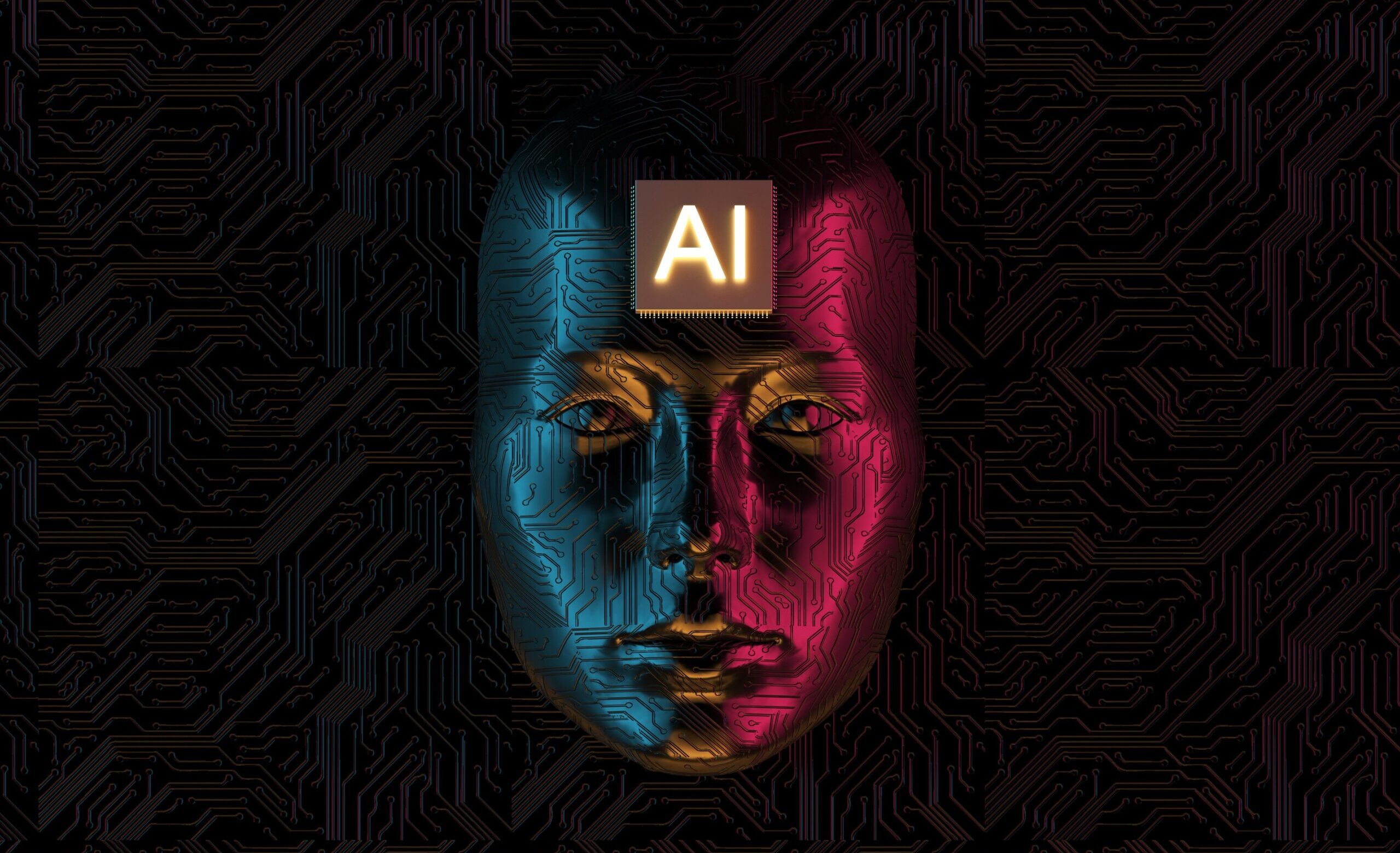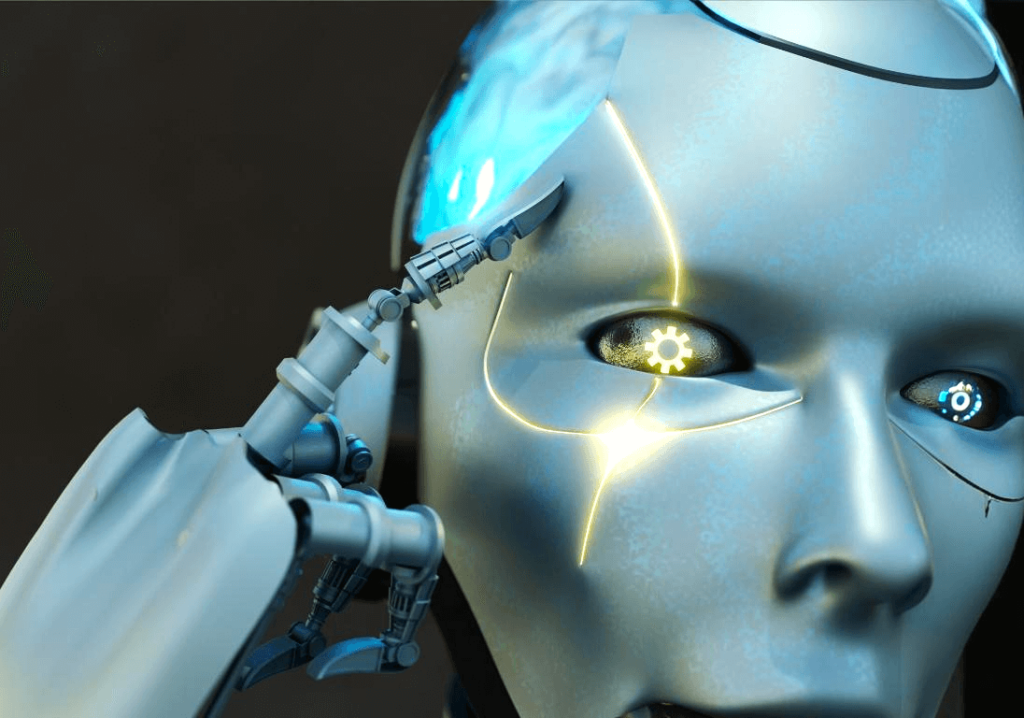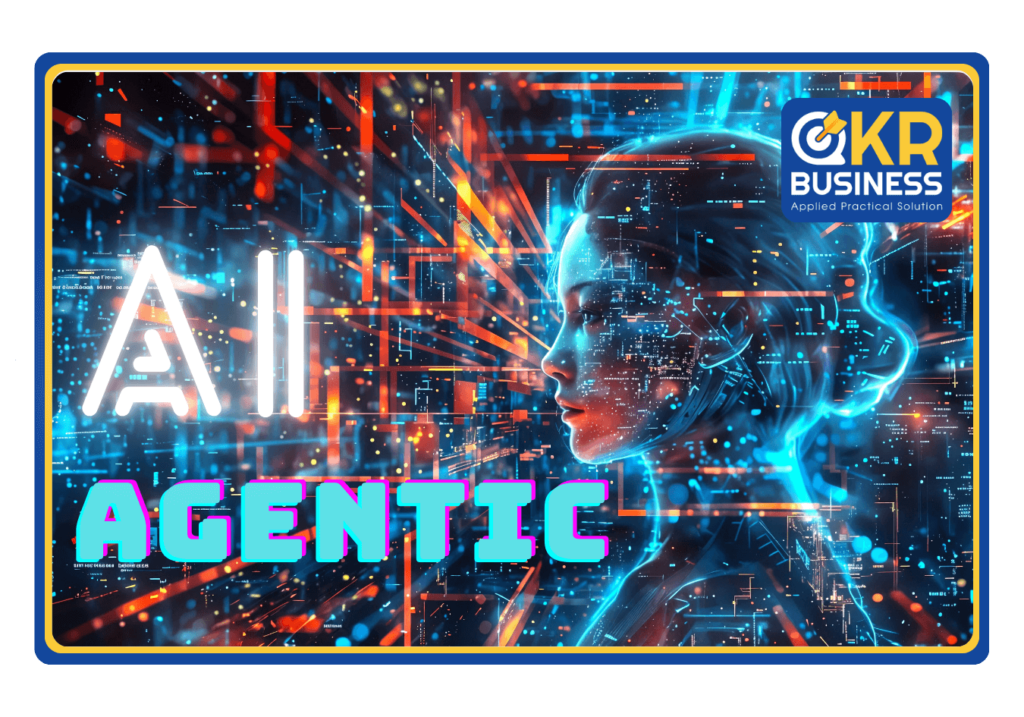The explosion of AI can be marked by the official launch of ChatGPT to the general public at the end of 2022. Since then, AI has undergone an incredible developmental journey from simple conversational models to intelligent agent systems, providing numerous useful applications for life and work. Now, we are again achieving a new breakthrough in human development history called “Agentic AI.”
Early-Conversational AI
Initial conversational models like ChatGPT and Gemini have demonstrated the ability to understand and communicate with humans through text. They were trained on vast amounts of data, resulting in coherent and contextually relevant responses, creating a global boom at that time.

Humanity is witnessing one of the next significant advances – AI (Artificial Intelligence)
The Development of Generative AI
Models such as GPT-3 were continuously improved and quickly achieved further breakthroughs, creating not only text but also images, music, and other creative content. They were trained on diverse datasets, enabling them to perform various tasks from essay writing to artistic design and even producing short films with stunning realism.
The Leap with Agentic AI
Soon in 2025, we will witness a leap called Agentic AI. This is a crucial advancement in the evolution of AI. Rather than just waiting for tasks to be assigned, agentic AI now has the ability to self-assess, plan, and carry out tasks independently. They can adapt to changing circumstances, proactively implement, and adjust flexible solutions to accomplish assigned tasks autonomously.
Examples of Agentic AI Applications
- In Life: AI becomes a versatile personal assistant integrated into smart home management systems, automatically adjusting lighting and temperature according to the environment, and even suggesting meals based on user preferences and habits.
- In Learning: AI acts like a 1:1 tutor, explaining new knowledge at the pace and style best suited to the learner, providing guidance on difficult concepts and summarizing lessons in a more understandable manner at the current level of the student.
- In Work: AI becomes a valuable assistant that records information, drafts documents, adjusts work schedules, monitors progress, and provides regular reports, enabling humans to have more time to focus on strategy and make informed decisions.

Agentic AI will continue to mark a historical turning point with its ability to think independently and handle tasks autonomously.
The Reasoning Principles of Agentic AI
Agentic AI surpasses traditional AI through its autonomy and the ability to process information in a “Linked and Chained” manner. This enables AI not only to respond to requests but also to analyze, plan, and execute a series of actions sequentially to achieve the assigned goal by breaking it down into smaller, manageable steps.
The reasoning process of Agentic AI can be broadly divided into 04 main phases:
Step 1: Perceive
Agentic AI builds understanding of its environment and context through active data collection and processing.
In the perception phase, Agentic AI acts as the “eyes” and “ears” of the system, gathering data from various sources such as sensors, databases, and digital interfaces. This data can include real-time information like temperature, sound, images, or historical datasets.
Once collected, the AI processes the data by extracting significant features, identifying relevant entities, and constructing a holistic view of the surrounding context. This helps AI understand the situation and prepare for the next steps in the reasoning process.
Examples:
- In Life: A smart home system detects outdoor weather to adjust indoor temperature accordingly.
- In Learning: AI gathers students’ learning data to analyze strengths and weaknesses.
- In Work: AI monitors sales data to identify trends in declining revenue.
Step 2: Reason
Agentic AI uses reasoning models to analyze data, make decisions, and develop action plans.
The reasoning phase is the “brain” of Agentic AI, where the system analyzes the collected information to make decisions and create action plans. AI employs large language models (LLMs) to understand requests, define problems, and generate suitable solutions. It also collaborates with specialized models to perform tasks such as image analysis, data processing, or generating necessary content.
By applying Retrieval-Augmented Generation (RAG) techniques, AI can retrieve information from exclusive data sources to ensure accuracy and contextual relevance, leading to optimal decision-making.
Examples:
- In Life: AI interprets health symptoms and suggests doctor appointments.
- In Learning: AI analyzes test results and recommends suitable study methods.
- In Work: AI develops detailed advertising plans based on market data.

Agentic AI is a foundational step towards the next development for humanity.
Step 3: Act
Agentic AI carries out specific tasks based on the established plan.
Once a plan is in place, Agentic AI transitions to the action phase, executing specific tasks automatically and efficiently. By integrating with tools and software through application programming interfaces (APIs), AI can perform actions such as sending emails, scheduling appointments, or controlling smart devices.
To ensure accuracy and safety, control measures are implemented, such as limiting spending authority or requiring human confirmation for critical tasks.
Examples:
- In Life: AI orders groceries online based on depleted items.
- In Learning: AI automatically sends homework notifications to students.
- In Work: AI sends automated weekly reports to team members.
Step 4: Learn
Agentic AI continuously improves by learning from experiences and new data.
Agentic AI constantly refines itself through the learning phase, where the system analyzes results from past actions to enhance performance. Using a data flywheel, AI continuously updates and upgrades its models based on new data and user feedback. This allows AI to adapt more rapidly to changing environments and make increasingly accurate and effective decisions over time.
Examples:
- In Life: AI learns users’ sleep habits to optimize alarm settings.
- In Learning: AI adjusts lectures based on student progress.
- In Work: AI improves revenue forecasting accuracy by collecting and analyzing additional market data.

AI will increasingly become useful in helping humanity achieve significant advancements.
Each stage is designed to enable AI to perform tasks efficiently while continually learning and improving. This allows Agentic AI to operate independently, intelligently, and adaptively in complex real-world situations. Thanks to this four-step process, Agentic AI can function autonomously and more effectively than traditional AI systems. These principles enable Agentic AI not only to meet needs but also to continuously improve, providing optimal solutions across various fields.
Stay tuned for the topic “AI Application” to follow along with OKR.BUSINESS and learn the latest information regarding AI’s applications.





